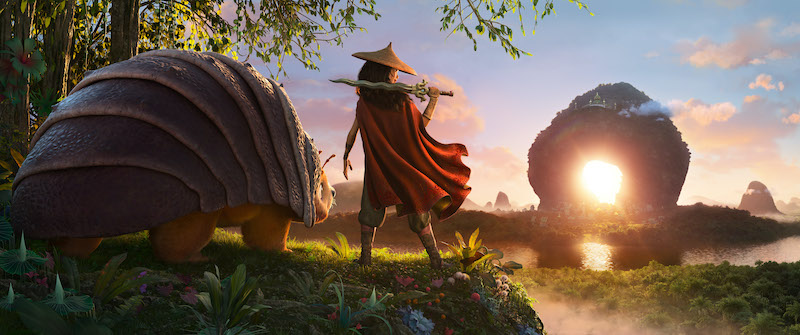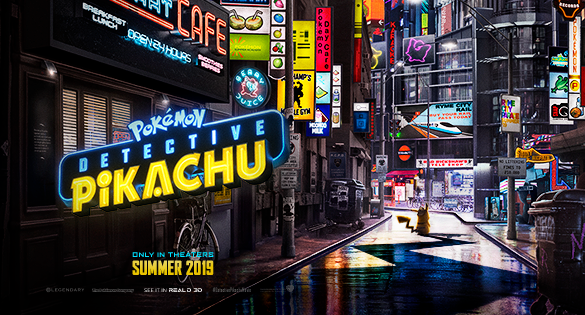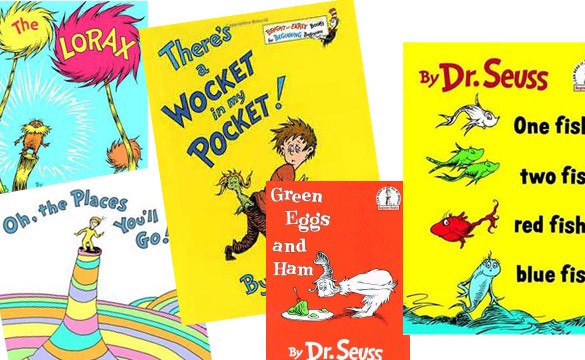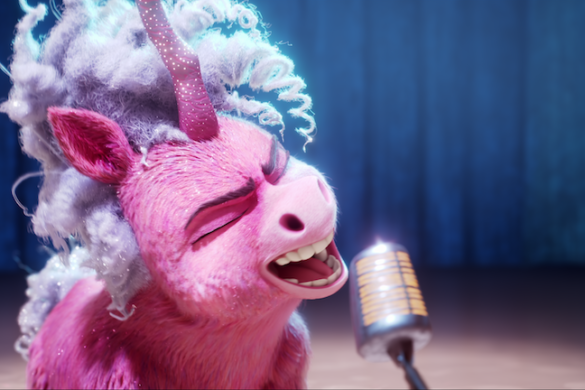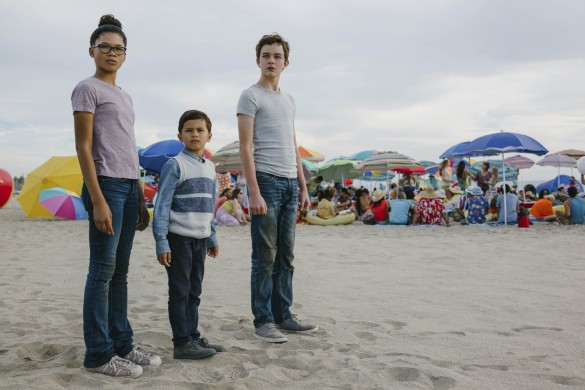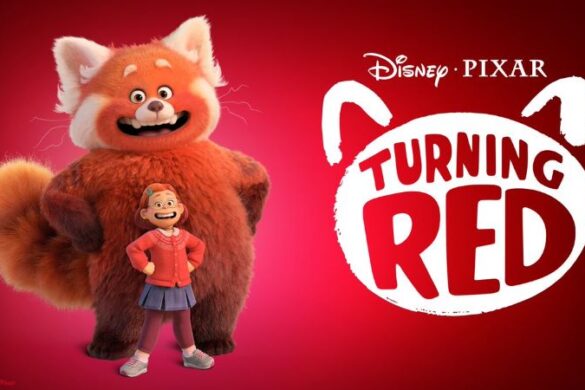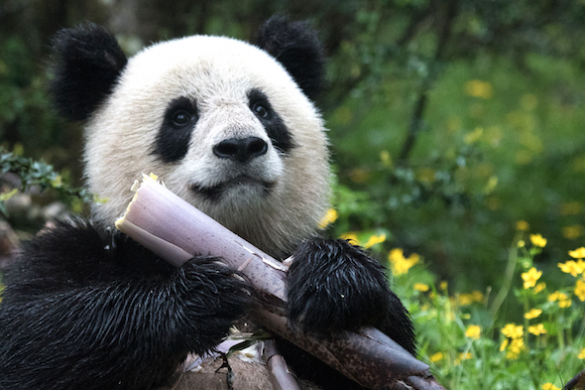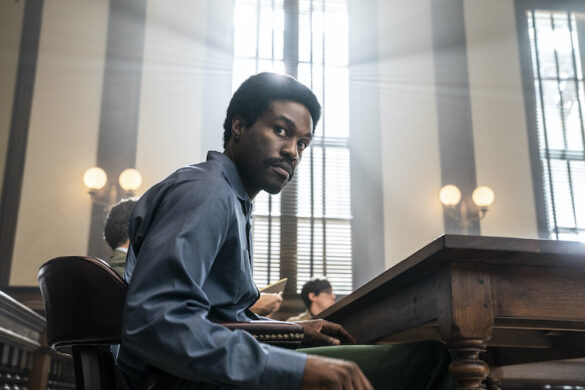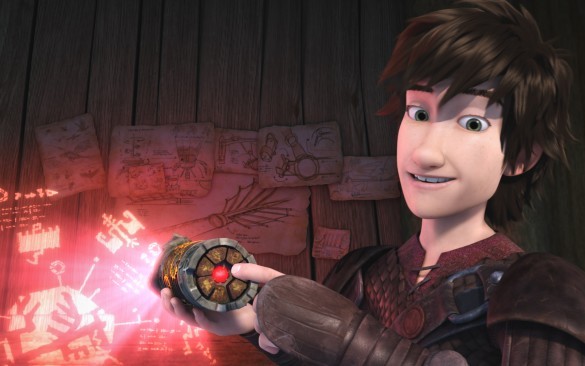Raya and the Last Dragon Review: Disney Explores Themes of Trust Through A Cultural Lens
On screen representation means so much for the marginalized and underrepresented communities for this generation no matter the medium. That’s why film like Walt Disney Animation Studio’s Raya and the Last Dragon means so much not only to me, but to other South East Asians. Raya’s cultural backdrop not only provides the canvas to express the importance of having diversity and representation on screen, but its universal themes of trust will connect with a global audience.
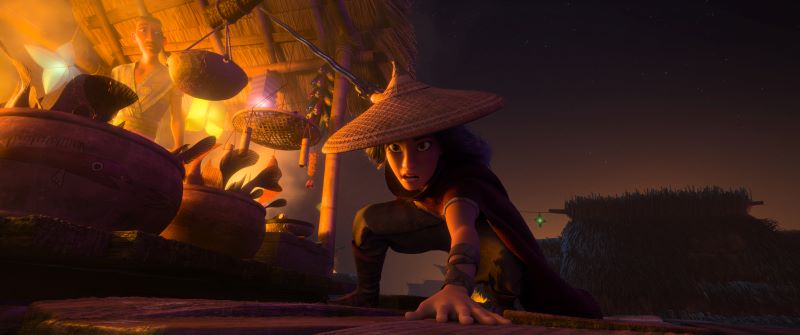
Raya opens with the title character (Kelly Marie Tran), riding on her trusty and very cute pillbug critter Tuktuk, crossing a barren wasteland that is filled with human statues. But these statues aren’t for decoration as they all used to be living humans who were turned to stone by the evil Druun, a mindless plague born out of human discord. She explains that 500 years ago, when humans and dragons lived in harmony in Kumandra, the Druun spread like wildfire and turned everything it touched into stone. Though the dragons fought valiantly, they two were were solidified. That’s when the mighty Sisu (Awkwafina) rose up and concentrated all of her magic into a gem that blasted the Druun away and restored all life in Kumandra.
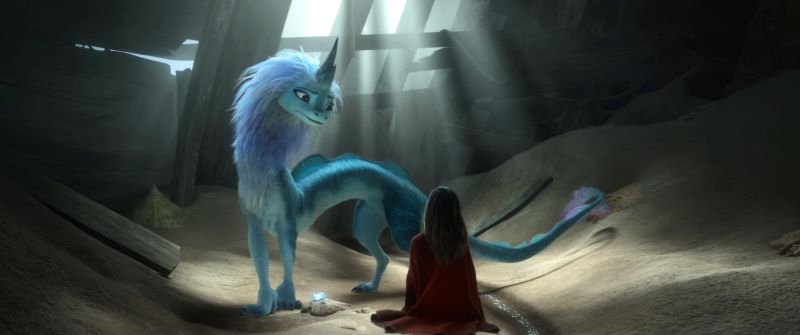
However, the dragons did not come back, and all that was left of Sisu’s sacrifice was her gem. And what was supposed to unite humanity instead turned out to be a battle over control over the gem’s power. As a result, the gem had to be hidden away in a temple in Heart, where Chief Benja (Daniel Dae Kim) and his daughter Raya have sworn to protect it at all costs.
Raya is a spirited warrior who seems to know everything about the rival lands of Kumandra – which all happen to be named after parts of a dragon. The reason for that is because they were once unified. And that is something that Chief Benja wants his land, that he loves so much, to become once again. So he extends an invitation to the rival chiefs to come to Heart so that they can peacefully negotiate for unification. Raya doesn’t believe it could work given each land’s history, but Benja wants a better world for not only his daughter but everyone else. So she makes an effort that people can change and they aren’t so mistrusting by befriending Namaari, the daughter of the chief (Sandra Oh) of Fang.
However, Raya’s trust is broken when Namaari betrays her and attempts to steal the gem for her mother. When other chiefs realize whats happening, they fight over the gem as well, and in the ensuing fight, they break it into pieces, which frees the Druun to spread its chaos once more. Six years later, Raya is now the lonesome warrior searching for Sisu, in hopes that she can create another gem to restore what has been lost. While she is able to find the mighty dragon, she is nothing like the legends she’s read.
Despite her previous conception of Sisu being shattered, they come to find out that Sisu still has a connection to the gem’s magic. With every new gem that they possess, they gain a new magic like shape-changing into a human, creating rain, and more. This will be extremely helpful to the two, and the ragtag group of loveable misfits who join them on their quest. But in order for them to save Kumandra, Raya will need to take the first steps to trust others who have their own agendas.
That theme of trust, which constantly ripples throughout the film, plays a huge role in a narrative and visual sense. For the former, it is depicted in the writing the, and Raya and Namaari’s character development. Both Sisu and Benja act as supportive allies who dispense the wisdom about trust and what becomes of it if you open your hearts to others you may assume are untrustworthy. For the latter, that comes through how the script, written by Qui Nguyen and Adele Lim, uses food. In one instance, Benja uses the various ingredients from those rival lands to represent what happens when you work together. In another instance, we see how one meal can bring people together.
Tackling the themes of trust isn’t easy, especially in a film like “Raya and the Last Dragon.” And yet, Lim and Nguyen’s script manages to do it delicately and with nuance, while also celebrating Southeast Asian cultures and honoring Disney animation’s legacy. Both Raya and Namaari represent opposite sides of the same coin. Though the two want to achieve the same goal, they both go about it in very different ways. As such, it gives their relationship a very interesting dynamic. They fight for duty and county. And they do it with such power and grace that it changes the way we view how strong women are presented on screen.
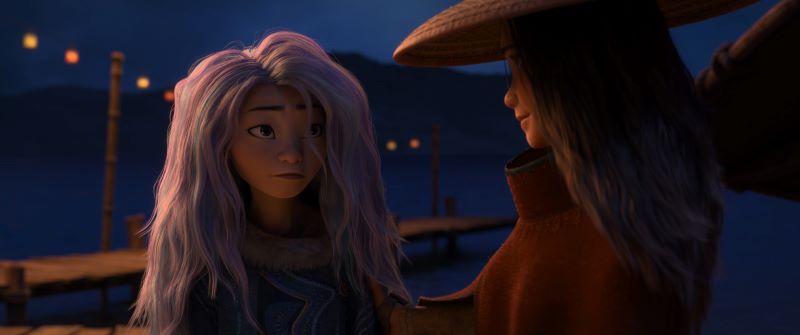
Awkwafina also shines as Sisu, a powerful yet very humble dragon who can crack a joke and drop a few sick rhymes about water. Sisu’s shining optimism and warm personality makes an instant connection with the audience. She doesn’t see the bad in people, despite running into a few experiences where she carelessly trusts untrustworthy people. Despite that, she makes an effort to show Raya that even though the world is broken, it only takes one person to make the first step and extend the hand of trust to others to repair the damage.
Despite “Raya and the Last Dragon” clumsy approach to the casting, the film embraces its cultural identity by authentically expressing Southeast Asia in its architecture, costumes, food, landscape, and martial arts. Though there are those cultural specificities that will resonate with key members of the audience, the film brings the audience together with its universal themes of trust, and uses the Raya and Namaari dynamic to deliver that story in a beautiful and emotional way, while also keeping us excited with its explosive action and hilarious contemporary humor from Awkwafina.
Raya and the Last Dragon will premiere in select theaters and via Disney+ Premier Access on Friday, March 5.

